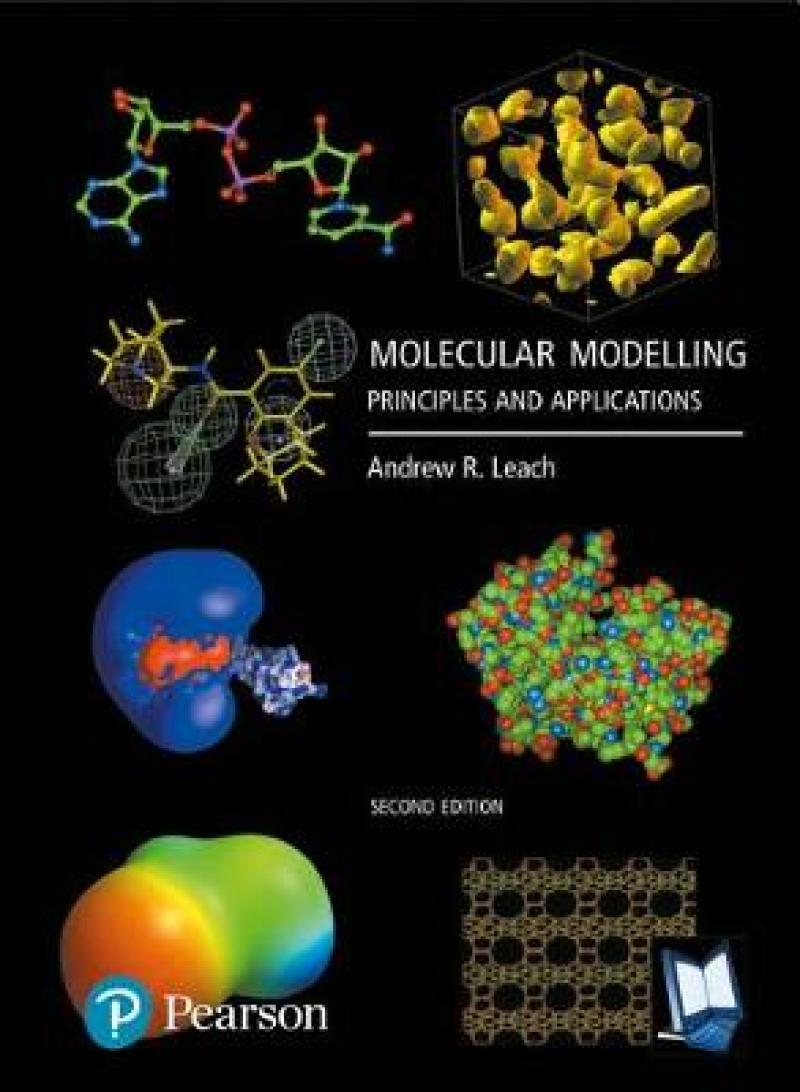This important new edition is for graduate students studying Molecular Modelling, Computational Chemistry within Chemistry, Medicinal Chemistry and Biochemistry. Postgraduates and researchers in academia and in the chemical and pharmaceutical industries. This new edition introduces background theory and techniques of molecular modelling, also illustrates applications in studying physical, chemical and biological phenomena. It includes simple numerical examples and numerous explanatory figures and a colour plate section.
Les mer
Introducing the background theory and techniques of molecular modelling, this text also illustrates applications in studying physical, chemical and biological phenomena. It includes simple numerical examples and explanatory figures.
Les mer
Preface.
Symbols and physical constants.
1. Useful Concepts in Molecular Modelling.
2. An Introduction to Computational Quantum Mechanics.
3. Advanced AB Initio Methods, Density Functional Theory and Solid-State Quantum Mechanics.
4. Force Field Models: Molecular Mechanics.
5. Energy Minimisation and Related Methods for Exploring the Energy Surface.
6. Computer Simulation Methods.
7. Molecular Dynamics Simulation Methods.
8. Monte Carlo Simulation Methods.
9. Conformational Analysis.
10. Protein Structure Prediction, Sequence Analysis and Protein Folding.
11. Four Challenges in Molecular Modelling: Free Energies, Solvation, Reactions and Solid-State Defects.
12. The Use of Molecular Modelling and Chemoinformatics to Discover and Design New Molecules.
Les mer
This important new edition is for postgraduate students of Chemistry, Medicinal Chemistry and Biochemistry studying Molecular Modelling and Computational Chemistry. The book will also be useful to researchers in academia and in the pharmaceutical and chemical industries and to those teaching or attending courses in molecular modelling.
This new edition provides background theory in the techniques of molecular modelling,
illustrated with applications form the physical, chemical and biological sciences. It includes simple numerical examples and numerous explanatory figures and a colour plate section.
Key changes in this new edition
* expanded coverage of materials science and solid-state modelling
* extended chapter on drug design and chemoinformatics
* new chapter on protein structure including bioinformatics
* expanded coverage of Density Functional Theory
Dr Andrew Leach is a Group Leader at Glaxo Wellcome Research and Development Limited and a Visiting Fellow at the Department of Chemistry, University of Southampton, UK
Les mer
New chapter on protein structure including more bioinformatics.
Extended chapter on drug design including more on chemoinformatics.
Expanded coverage of materials chemistry giving more examples.
Updated chapter on DFT.
Problems and answers specifically for graduate teaching
Les mer
Expanded discussion of density functional theory, bioinformatics/protein structure analysis, chemoinformatics, drug design, materials science, and modeling of the solid state.
Provides a broad introduction to all areas of contemporary interest in this course. Ex.___
Introductory chapters on quantum mechanics split in two (Chapter 2 and Chapter 3).
A more detailed and carefully paced introduction to quantum sets the stage for later topics. Ex.___
Extensive, updated references for each chapter.
Makes this an excellent reference text for students. Ex.___
Live Companion Website for the text: www.booksites.net/leach2
—Includes links to related websites and pre-built 3-D models that can be viewed using Chime.
Allows students to keep abreast of changes in this dynamic discipline. Ex.___
Les mer
Produktdetaljer
ISBN
9780582382107
Publisert
2001-01-29
Utgave
2. utgave
Utgiver
Pearson Education (US)
Vekt
1260 gr
Høyde
234 mm
Bredde
170 mm
Dybde
41 mm
Aldersnivå
P, 06
Språk
Product language
Engelsk
Format
Product format
Heftet
Antall sider
768
